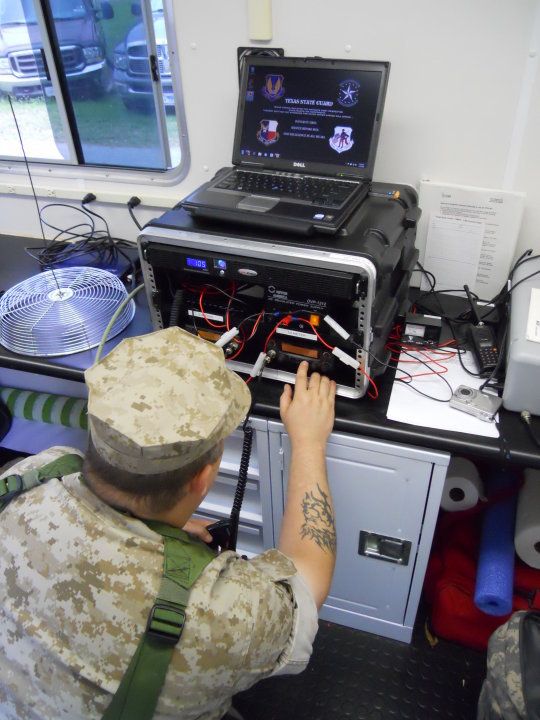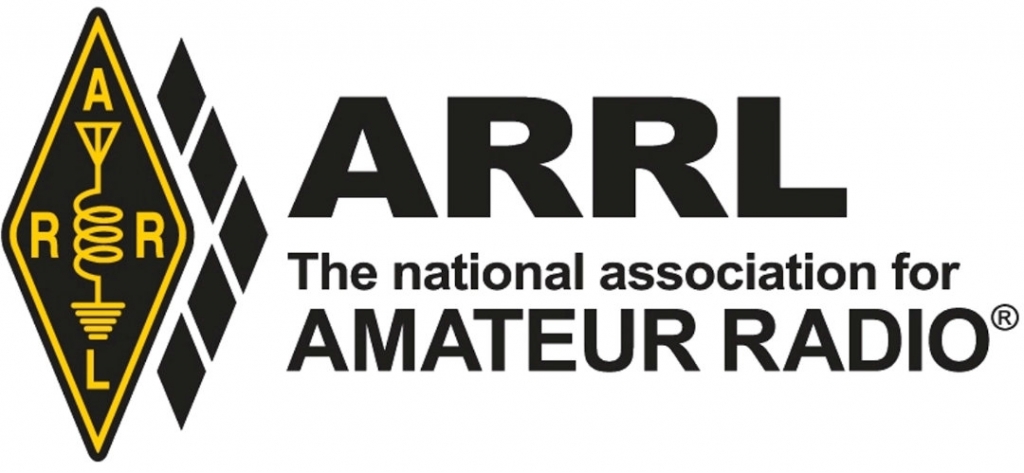Hey all,
A couple of weeks ago I got my HAM radio license. Since the license test is sampled from a question pool, it wasn’t too hard to study for.
When the license arrived, I ordered a Baofeng BF-F8HP handheld transceiver from Amazon.
At the same time, I borrowed the famous Baofeng UV-5R from the Radio Club so I had a well known benchmark to compare it with.
The Amazon box it came in had a lithium-ion battery warning sticker, saying that it should be handled with care. It was good to see that Amazon was properly labeling boxes with li-ion batteries and taking precautionary measures.

The F8HP is on the left, the UV-5R on the right.
Both were shaped quite similarly, although the 5R had a rounder aesthetics to it. The F8HP was more rectangular with well defined edges. I think I liked the design of the F8HP slightly more, although the 5R wasn’t bad.

The HP stands for high power, and is rated for 8W transmit, although others have measured it as around 7W VHF and slightly lower for UHF.
I discovered some bugs in the firmware. Since the F8HP lacked a band button that would allow me to swap UHF and VHF channels, I had to go to the menu (#33) to switch modes. However, the menu actually didn’t change the frequencies; they stayed the same. The UV-5R had a band button on the right that worked just fine and the switching from the menu worked as expected.
The only way I could change the frequency was to manually type it in. One thing I didn’t like about that was I couldn’t quickly go back and forth, as the VHF/UHF frequencies are remembered when I switch them on the 5R at a click of a button. Unfortunately, Baofeng radios’ firmware can’t be upgraded (marketing ploy), so there was no way to fix this bug via an update.

From www.hamgear.wordpress.com, a great HAM radio blog.
The MCU can be written to only once. So although we could use PC software such as CHIRP to interface with the radio and program Rx/Tx frequencies, we couldn’t update the firmware. Again, this a marketing ploy forcing customers to purchase new radios even for a firmware update. That way, Baofeng doesn’t have to try hard to make radical hardware improvements to incorporate into new products.
The UV-5R itself has multiple of cosmetic variants (UV-5RA, 5RB, 5B V2, 5Re, 5RAX, 5R Plus, etc.), newer models having newer firmware with bug fixes. Baofeng is taking advantage of these bugs rather than focusing on the hardware… because it’s cheaper! :party:

As a flashaholic, I naturally measured the voltages of the battery and realized that the polarity identifications were swapped.


F8HP on the left, UV-5R on the right. Let’s play the I spy game!
Hint: The batteries are designed to be interchangeable.
Here’s a photo of the internals of the charger:

Since the battery pack seems to be protected, having a shoddy charger wouldn’t be too bad for the battery, but nevertheless is expected from a cheap budget radio. I don’t trust the stock charger so I think I’ll use a hobby charger to charge the 2S li-ion battery pack.
Three improvements I’ve noticed while comparing the F8HP to the UV-5R:
1. The Rx side of the radio switches on much quickly than the 5R. On the 5R, I would miss about half a second of each transmission, and if the transmission is only a word long (ok, copy, etc), I would miss it entirely. However, the F8HP seems to pick up conversations right away.
2. The menu is more responsive. I could scroll through the items very quickly, where as the 5R had a delay (100ms) after I pressed the up/down button so that fast scrolling was not possible.
3. The squelch setting actually changes the signal levels threshold levels. On the 5R, I didn’t notice a difference between a level 1 (almost open) and a 9 (only strong signals should come through).
Summary:
Pros:
-Higher output power. (Although other factors, such as antenna (SWR) quality and location, are more important)
-More responsive
-Squelch setting really works
-Better stock antenna
Cons:
-VHF/UHF button has been removed
-VHF/UHF setting doesn’t work
-Firmware can’t be upgraded
-Mushy buttons (Feels like a mushy flashlight switch with a gap of air between the rubber tailcap and the switch)
-Did I mention that the firmware can’t be upgraded?
-Twice the price of an UV-5R, not really worth it.
Features: 3.5/5
Well rounded functionality, but not much improvement over the UV-5R, except the boosted power.
Plagued by the non-updatable firmware.
Performance: 4.5/5
The antenna is a nice upgrade over the UV-5R as well as the power. Gets the job done well and responds quickly too.
Price: 3/5
The F8HP retails for $62.85. The UV-5R retails for $29.15.
Does it offer twice the performance over the 5R? No, having two UV-5Rs would be more useful.
Weighted average: 3.8/5
Overall thoughts: I’ve tried out the UV-5R for a week before the BF-F8HP arrived, but I was a little disappointed by the unpolished firmware and the lackluster set of improvements. I won’t be rewarding Baofeng for its sly business model, so I’ll be returning this unit. I’ve ordered the Baofeng GT-3 Mk. II to see if it’s any better and will write up a review soon.


